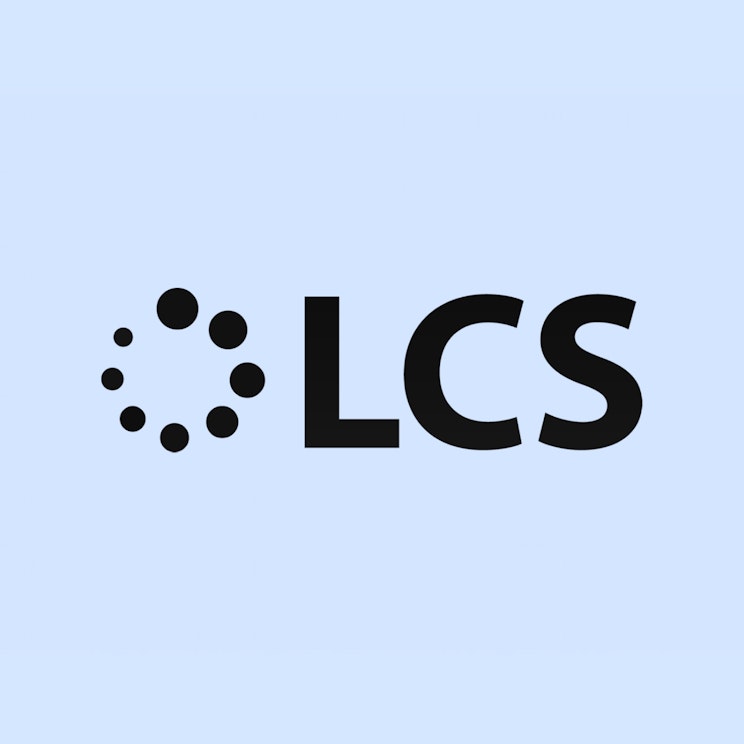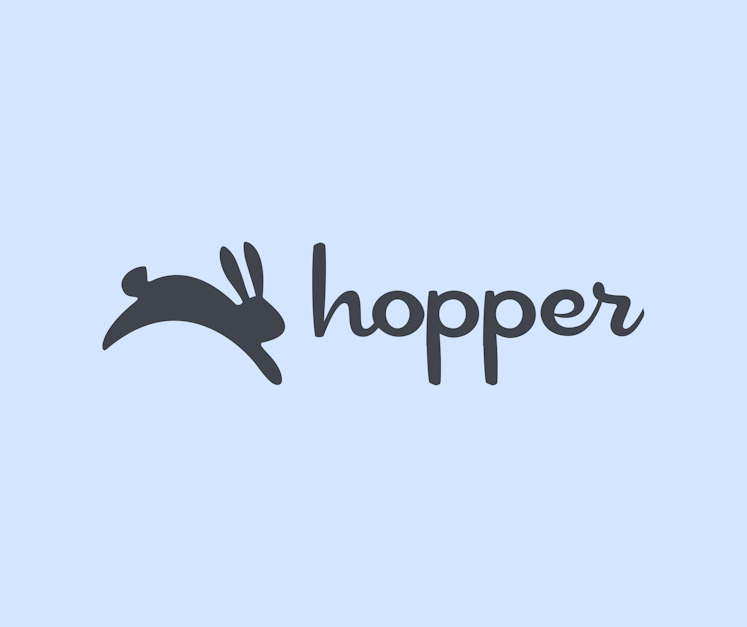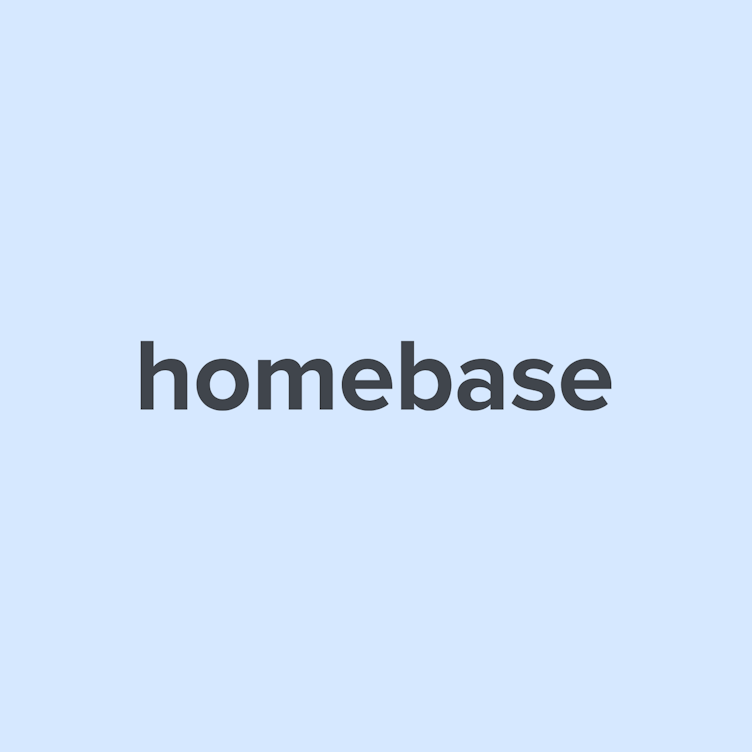See how Maze helps teams like yours build customer-centric products
Teams of all sizes, across industries, and around the world trust their product research to Maze.







Find success stories from teams like yours
Filter by
Industry
Use Case
1
2
3
What people are saying
The numbers behind the stories
60,000
brands running product discovery with Maze
325,000
Maze studies set live
6,200,000
user responses collected











